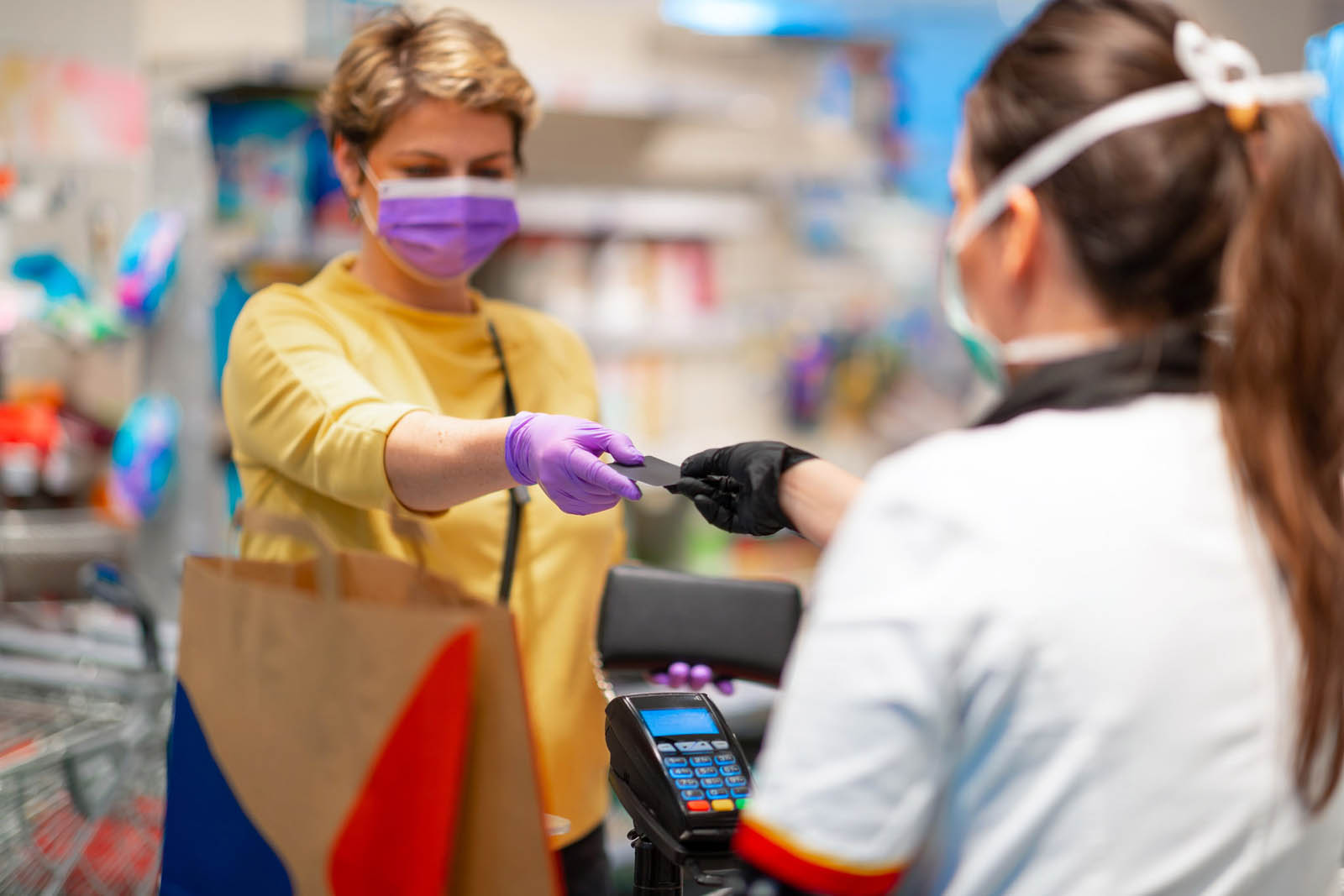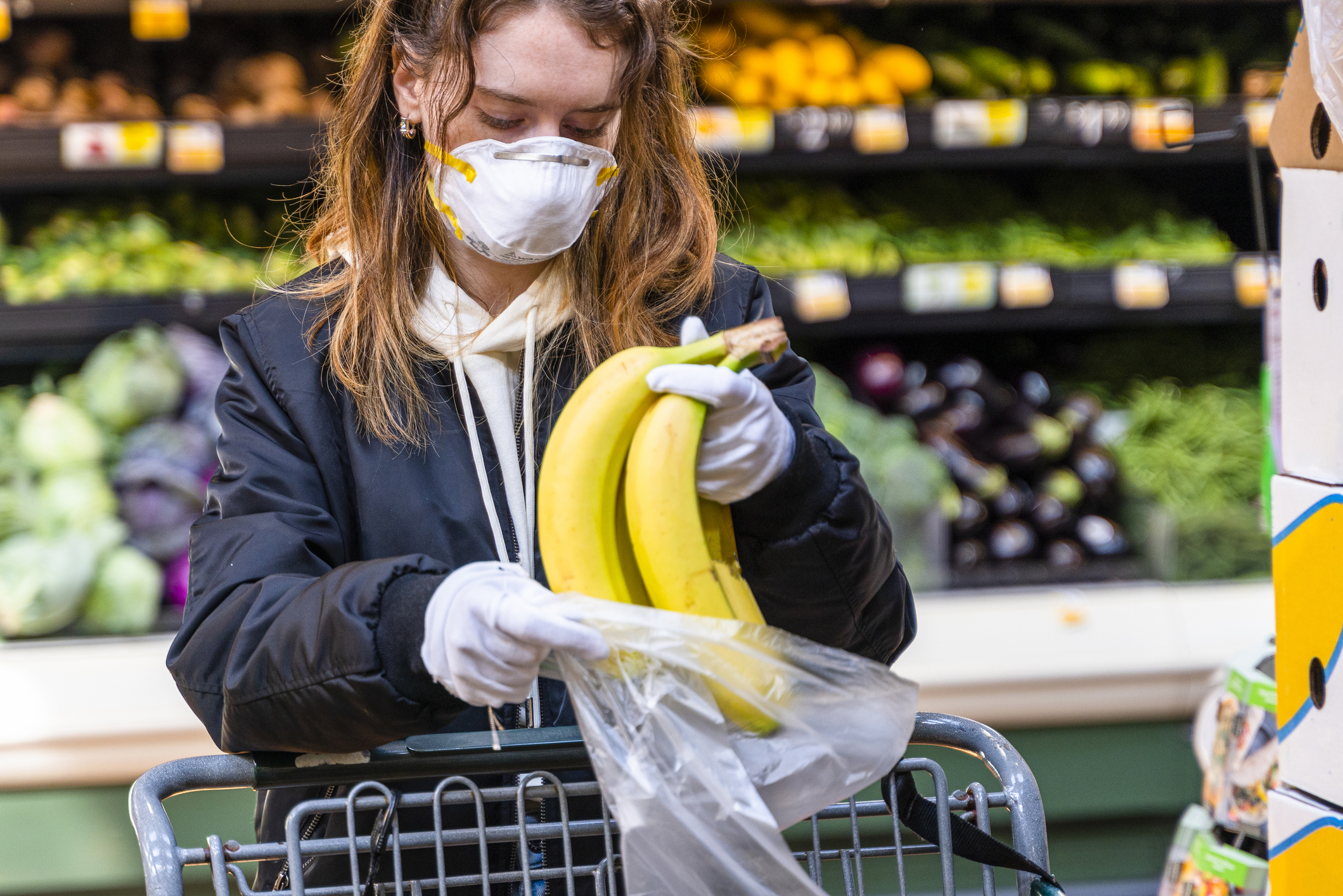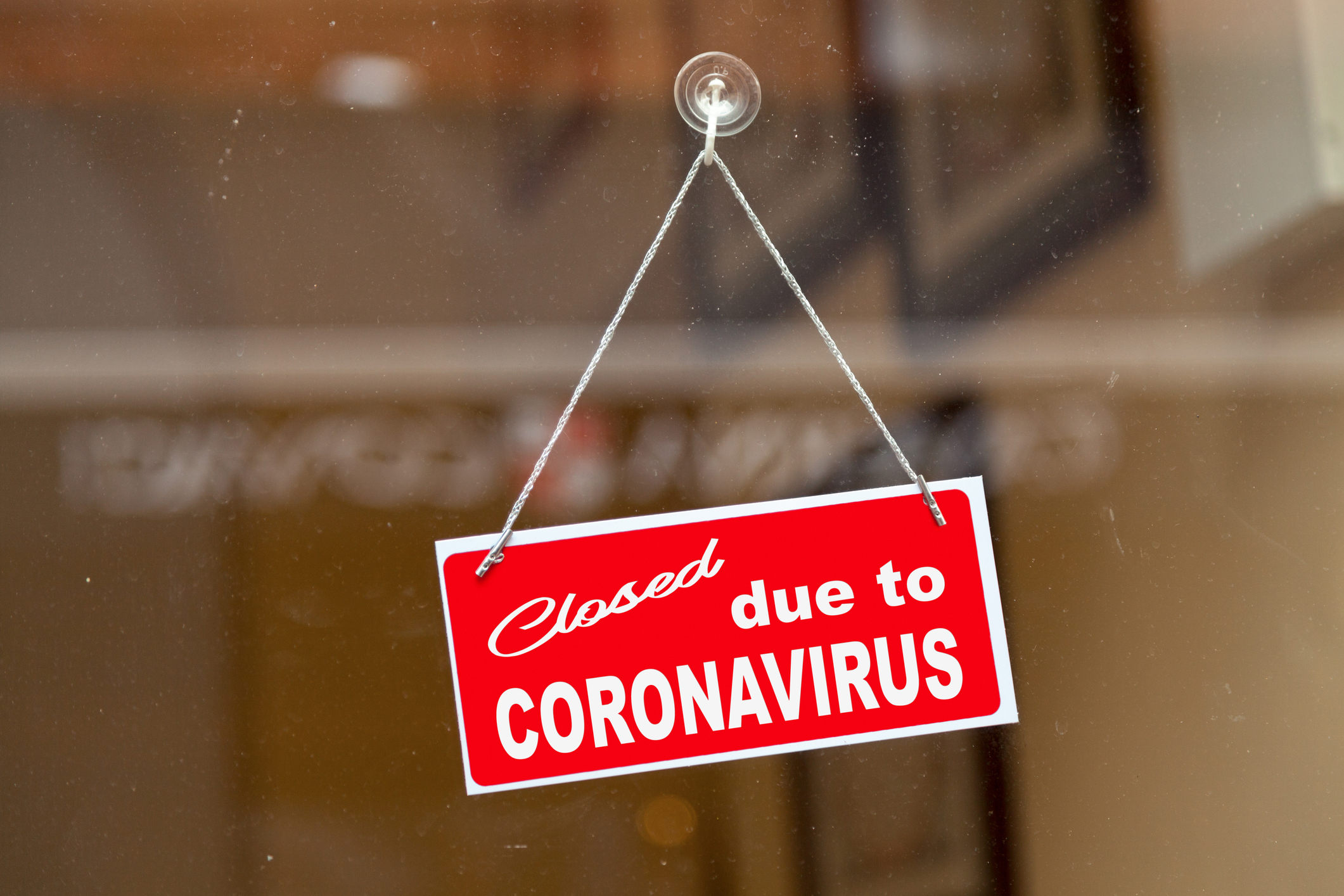
COVID-19 Pandemic Impact: Observing the Effects in My Neighborhood

Tom Hornacek
I am fortunate to be able to work from my home while we shelter in place. During this time, I’ve had a chance to observe COVID-19’s impact on consumers, small businesses, major grocery, and mass retailers – all in the geographically compact urban neighborhood of Lincoln Park here in Chicago. One interesting facet of these current conditions is that many businesses and people already have a digital framework or behaviors to leverage. And, now more than ever, business owners realize that a strong digital presence can help insulate against certain systemic risks to their sales. Also, businesses that relied heavily on in-person engagement, and had a digital presence as a secondary option, have realized the need to shift their business models to combat the conditions caused by COVID-19.
Ever-Changing Retail Environments
Unlike the economic downturn of 2008 where the housing and financial crises were highlighted, the current high demand for goods and services, and the challenge retailers face inadequately supplying this demand, is at center stage for consumers during the COVID-19 pandemic. While consumers are seeking ways to furnish their everyday needs, albeit, in a socially-distanced environment, retailers are dealing with the hit to non-essential goods and services that unfolded over the course of several weeks. It’s a fast slide in 2020 vs. the severe crash of 2008. There’s not much breathing room in trying to set things right, but we are seeing companies continue to adopt new policies through this time in an effort to adjust; these adjustments include limiting quantities that consumers can purchase at one time and making modifications to the in-store shopping experience as well.
In some instances, consumers are having to change where they shop, or what retailers they patronize, in order to get the goods they need. And, the challenge for brick and mortar businesses is to try to determine how and if they can adjust their business models during this time to accommodate their shoppers. For example, in my neighborhood, Starbucks is closed, but Dunkin’ Donuts is open for pick up, and Trader Joe’s is only allowing a limited number of people in the store at any one time while asking those in line outside the store to space themselves six feet apart. Contrast this with the nearby Target which is letting people in the store like they normally would, but is having guests wait a bit longer at the self-checkout stations so that an attendant can disinfect the station before the next customer.
Various Shopping Guidelines

The guidelines of how stores deal with the current conditions have been flexible enough to allow variance in typically similar experiences. Under normal conditions, shopping at a Target compared with a Trader Joe’s is different, but not vastly so now. For example, those who are waiting outside of a Trader Joe’s could easily become frustrated by the wait and defect to another nearby store, whereas at Target, the shoppers have to wait and observe spacing only after they already have all their items in their baskets; turning around at that point would be a greater inconvenience. However, Trader Joe’s store brand is one that garners associations of conscientiousness towards employees, along with store layouts that tend to feel almost cozy. In these conditions, could Trader Joe’s really have afforded to do less than these measures while maintaining their store’s brand identity to consumers? It’s probably safe to assume that the answer to how store conditions from coronavirus have impacted consumer perception of stores is still being written.
Vulnerable Supply Chain and Changing Shopper Behaviors
The conditions have also provided an unlikely opportunity to further shape customer perception around how a retailer is managing its stores, practices, and inventories which hold the potential for long term ramifications. You might think consumers are likely to be more price-sensitive in this time, but many are taking what is available in many instances – regardless of whether its premium or not. As the supply chain for these goods become increasingly constrained during the shelter in place orders, prominent brands may find themselves further exposed to private label, and store brands moving in on once secured market shares. The current conditions are pushing people to the store or product that is most available while dwindling the value of differentiation in some cases. Once learning a lower cost product might be comparable to a nationally branded one, the consumer may not forget this even after the current crises is over.
Small Business Perspective

Many restaurants or coffee shops are also facing the shuffle of how to survive and transform in these times. Some have even converted their staff to focus on deliveries, or switched entirely over to using Uber Eats, GrubHub, or other food delivery services. While the major players in food delivery have existed for a while, and already included many national chains, they too will be prone to the effects of new entrants and intensified competition as brick and mortar locations have been forced to close in many areas. Without the benefit of foot traffic to brick and mortar locations, these national chains are now forced into competition with local businesses that are ingrained in the neighborhood, like the local restaurants of Lincoln Park. Businesses may also find that cost-conscious consumers opt to stockpile goods and cook more meals instead of paying a premium for delivery. To this end, the food delivery services have also become one of the only games in town (outside of taking a trip to the grocery store) for consumers to turn to in order to get a variety of meal options, especially if craving foods that are out of reach through culinary skill alone. The market changes resulting from the current conditions could shape many aspects of the way people shop for food and other goods; even after COVID-19 has abated. In fact, we discovered during our live consumer panels that where people were once comparison shopping for items, they are now buying what’s available.
From my observation of my local market and neighborhood, it’s clear there is disruption, change, evolution, and increased competition. While the current crisis is still unfolding, the contest for market share, which businesses (both local and national) will maintain their lead (or be sidelined) is sure to continue and will probably result in long-lasting impacts on the competitive landscape across many sectors. The current conditions are not just a contraction from normal behavior but also a lens; one which the more cautious consumer will be sure to peer through as events unfold and impact their view even once conditions return to stability. C+R has been there for many firms through periods of growth, as well as challenging times.
As we continue to understand the impact COVID-19 is having and will likely have in the future, we have Illuminator Solutions to help your business/brand and how to address it. Reach out to hear more.
explore featured
Case studies
